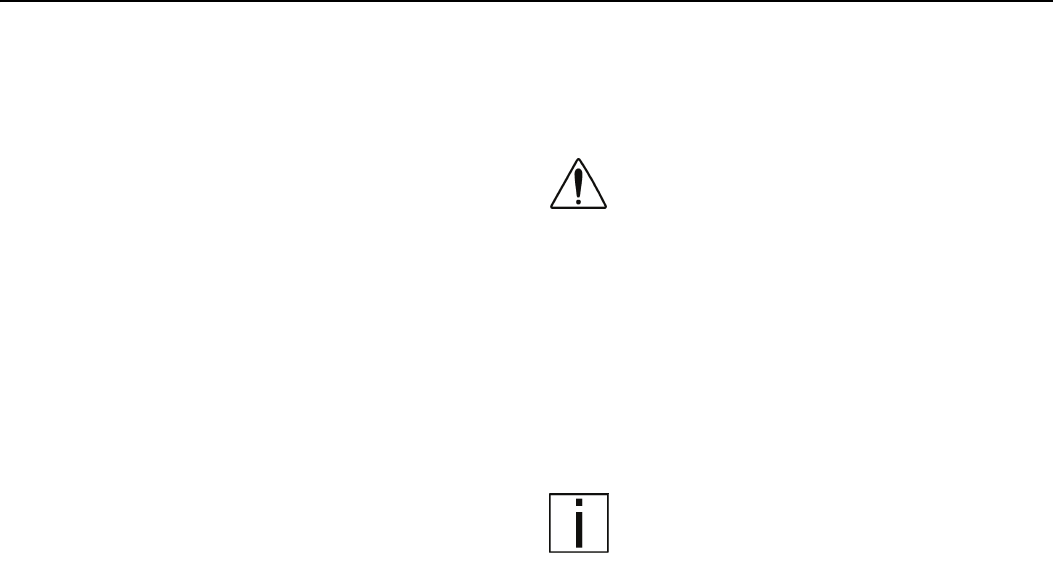Specifications

STARTING AND OPERATING THE VEHICLE DRIVING TIPS AND TECHNIQUES
Medium Duty
(R05/09) Y53-6008A – 129 –
Refer to the Engine Operation and Maintenance manual
for optimum engine rpm.
• If the engine rpm moves beyond the maximum gov-
erned speed, indicating an overspeed condition,
apply the service brake or shift to a higher gear to
bring engine rpm within the optimum speed range.
• When driving downhill: shift to a lower gear, use the
engine brake (if so equipped), and use the service
brake, keeping the engine speed below 2,100 rpm.
When the engine speed reaches its maximum governed
speed, the injection pump governor cuts off fuel to the
engine. However, the governor has no control over the
engine rpm when it is being driven by the vehicle's trans-
mission, for example, on steep downgrades. Apply service
brakes or shift to a higher gear.
Fuel economy and engine performance are also directly
related to driving habits:
• The best results in trip time and fuel economy are
obtained while driving the vehicle at a steady speed.
• Shift into higher or lower gears (or apply the service
brake) to keep engine rpm near the lower end of the
optimum operating range.
• Avoid rapid acceleration and braking.
WARNING! Do not exceed the specified load
rating. Overloading can result in loss of vehi-
cle control and serious personal injury, either
by causing component failures or by affecting
vehicle handling. Exceeding load ratings can
also shorten the service life of the vehicle.
• The components of your vehicle are
designed to provide satisfactory service if
the vehicle is not loaded in excess of either
the gross vehicle weight rating (GVWR), or
the maximum front and rear gross axle
weight ratings (GAWRs). (Axle weight rat-
ings are listed on the driver's door edge.)
NOTE: For your safety and the safety of others,
follow routine and periodic maintenance sched-
ules for all components on your vehicle. See Table 3,
“Maintenance Schedule,” Page 123










